|
By Leah Kleiman Amur honeysuckle (Lonicera maackii) is a perennial shrub native to temperate Asia and is invasive in the Midwestern United States. It now infests many savannas and woodlands and is difficult to eradicate. Bill and Susan Kleiman and I are co-authors of a study recently published in the journal Ecological Restoration, titled “The Successful Control of Lonicera maackii (Amur honeysuckle) with Basal Bark Herbicide” (http://er.uwpress.org/content/36/4/267.full.pdf+html). Our study looked at the efficacy of basal bark application, where a mineral oil solution of herbicide is sprayed in a 6-inch band on the bark without cutting the plant. Our study found 100% mortality with basal bark treatment. A variety of other treatment methods are used to battle honeysuckle. Manual pulling works well on small individuals in soft ground, but becomes impossible with larger sizes. Cutting and treating the stumps with herbicide is effective, but very time-consuming. We recommend the cut-and-treat method for sensitive high-quality areas. A foliar spray of herbicide is effective and efficient, but will have much more off-target damage and can only be used in the growing season. Fire is a useful tool in keeping brush at bay, but it will only top-kill shrubs. The basal bark method is efficient, effective in all seasons, and has minimal off-target damage. Some things to keep in mind: 1) Re-treating is important for success. One treatment is not enough. Some shrubs will inevitably be missed, and yearly recruitment will occur until the seedbank is exhausted. 2) Honeysuckle treated in the dormant season may still leaf out and die later in the growing season. So if you notice this, it does not mean that your treatment has failed, but rather that you need to check back at a later date (typically late summer/fall). Our study concludes that basal bark treatment paired with regular fire is the optimal way to eradicate honeysuckle invasions. For more information on treating honeysuckle with basal bark, see the February 3, 2019 blog post “A Study on Controlling Amur Honeysuckle (Lonicera maackii)” by Kaleb Baker.
0 Comments
By Jeff Cologna and Joy McKinney
Each steward at Nachusa Grasslands has a fascinating personal tale, often involving stories of sacrifice, setbacks, and success. Together, with the resources of The Nature Conservancy, volunteers, donors, and Illinois Clean Energy Community Foundation, stewards work hard to ensure Illinois prairie is not merely a fading memory, but a lasting reality for all future generations. Mike Carr, one of these amazing stewards, shared a few stories from the past with us. The following paragraphs highlight those early days. Mike’s story began as a boy whose father loved the great outdoors but "bemoaned endlessly about all the invasive plants.” His father, Francis Carr, taught him about invasive plants and how to identify trees by their bark, enabling him to identify them all year ‘round. Little did he know back then that these skills and a disdain for invasives would serve him so well at Nachusa. In the Spring of 2010, soon after “getting away” from the city of Chicago, Mike found himself “banging on the door” of Bill Kleiman, Nachusa’s Director. Early in their discussions, Bill explained how critical fire is to restoring and maintaining healthy prairie landscapes. Experience managing fire became a top priority. Mike quickly completed a 40-hour online fire certification class leading to an absolute “love of fire” as well as the acquisition of key skills for participating in controlled burns. Mike was then challenged by Bill Kleiman and Cody Considine, restoration ecologist at Nachusa, to take on a unit of his very own which would later be named Big Jump. We asked Mike why the 350-acre unit was given this interesting moniker. Apparently, it was the result of a naming contest among stewards. His unit is basically “a long way from the HQ.” Due to the number of high-quality remnants within its boundaries, Mike’s restoration activities have opened up the landscape, enabling unseen natives such as porcupine grass, arrow leaf violets, and blue-eyed grass to show themselves, surprising and delighting Mike. Every year he discovers new “surprises” that weren’t there before. “The whole hillside of one remnant is filled with violets in the spring and another remnant with Carolina rose, bird’s foot violet, comandra, and pussy toes. Mike focused his efforts on a 23-acre plot within the unit which is now known as “Orland Prairie." In the beginning of restoration, Mike shared that Orland Prairie needed some kind of push to get rid of all the invasive woodies (shrubs and bushes) so the prairie could find its way. In the last 10 years, Nachusa’s Fecon mower was used to knock down the invasive woodies. Seed, collected by combine, was then spread on the area, beginning the restoration process. Unfortunately, woodies continue to dominate. Restoration efforts continue at Orland Prairie with the help of a generous grant from the Illinois Clean Energy Community Foundation. The grant is being used in part to purchase herbicide for continued eradication of the highly invasive autumn olive plant and other woodies. The application of the basal bark herbicide is highly effective. “If you stand next to an autumn olive and you tell it that you’ll come back with basal bark . . . it’ll just die!” Mike quipped. Basal bark applications have been used to successfully eradicate infestations of autumn olives, which at one time stood up to 15 ft high and covered the entire 23 acres. Mike shared that the herbicide is most effective after a fire.
Mike Carr is just one of the many dedicated men and women who have committed to making Nachusa Grasslands more than just a memory. We would like to thank Mike’s dad for inspiring him to be patient and dedicated to long term goals and above all, valuing and respecting nature. Come meet Mike on the March 2nd workday to see the Orland Prairie and experience the whimsical beauty of Nachusa Grasslands!
By Kaleb Baker
Amur honeysuckle (Lonicera maackii) is an invasive shrub that flourishes along forest edges and in open woodlands such as those at Nachusa Grasslands. Amur honeysuckle shades out native flora with its early leaf-out and prolonged leaf retention, and when left uncontrolled, can produce a near monoculture, threatening biodiversity.
Land stewards everywhere have implemented a variety of different eradication methods, including hand pulling, cut-and-treat with herbicide, foliar-applied herbicide from backpacks or helicopters, basal bark herbicide treatments, and prescribed fire. Continuous treatments and monitoring are needed to eradicate Amur honeysuckle, making the cost, effort, and time requirements of controls important.
Knowing the efforts we go through to manage honeysuckle, as well as the amount of conjecture surrounding the best practices, I worked with my advisor Dr. Nick Barber to study how effective basal bark treatments and prescribed fire are at controlling honeysuckle., I decided to study how effective basal bark treatments and prescribed fire are at controlling honeysuckle. Basal bark and fire are regularly-used control methods at Nachusa. Basal bark treatments involved spraying a 20% solution of triclopyr herbicide around each plant’s base from a backpack, which was both quick and easy. In this study I included 800 individually-marked Amur honeysuckle at 5 different sites within Nachusa Grasslands and Franklin Creek State Natural Area. Basal bark treatments were applied in fall 2017, winter 2018, early spring 2018, and late spring 2018 to see if the season of application affected the mortality of honeysuckle or the extent of damage to non-target flora. Prescribed fire was administered to half of each of the 5 sites in spring 2018. I then checked mortality in the early fall of 2018 to allow the honeysuckle time to either drop its leaves and regrow them (falsely dead) or to retain its leaves for an extended period of time before dying (falsely alive).
I found that basal bark applications were equally effective at killing Amur honeysuckle, regardless of treatment timing. The combined mortality rate of herbicide treatments was 98.4% across all herbicide treatment seasons, compared to a 2.5% mortality with no basal bark treatment. Prescribed fire did not impact mortality positively or negatively.
I also placed a 1m2 quadrat around 200 Amur honeysuckle to measure off-target damage to the plant community in spring 2018, finding a decrease of living cover equating to about a 10-inch radius. The off-target “ring of death” did not differ based on fire treatment or basal bark season.
I was lucky to receive a grant from the Friends of Nachusa Grasslands where I will be able to return in May 2019 to resample the off-target vegetation quadrats to evaluate how quickly the flora recover from the various treatments.
From my current results, I highly recommend using basal bark treatments to control Amur honeysuckle for all but the highest quality of areas. The speed and ease of use allow managers to cover large swaths of invaded areas across fall, winter, and spring seasons. The standing dead material from the honeysuckle can be reduced with a masticator or brush mower in the non-growing season or with regular prescribed fire, which should be implemented anyway.
Kaleb Baker is a Master's Candidate at Northern Illinois University, focused on natural areas management practices, and current Stewardship Committee Chair for Franklin Creek Conservation Association.
|
Blog CoordinatorDee Hudson
I am a nature photographer, a freelance graphic designer, and steward at Nachusa's Thelma Carpenter Prairie. I have taken photos for Nachusa since 2012. EditorJames Higby
I have been a high school French teacher, registered piano technician, and librarian. In retirement I am a volunteer historian at Lee County Historical and Genealogical Society. Categories
All
Archives
January 2024
|
CONNECT WITH US |
|
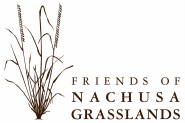

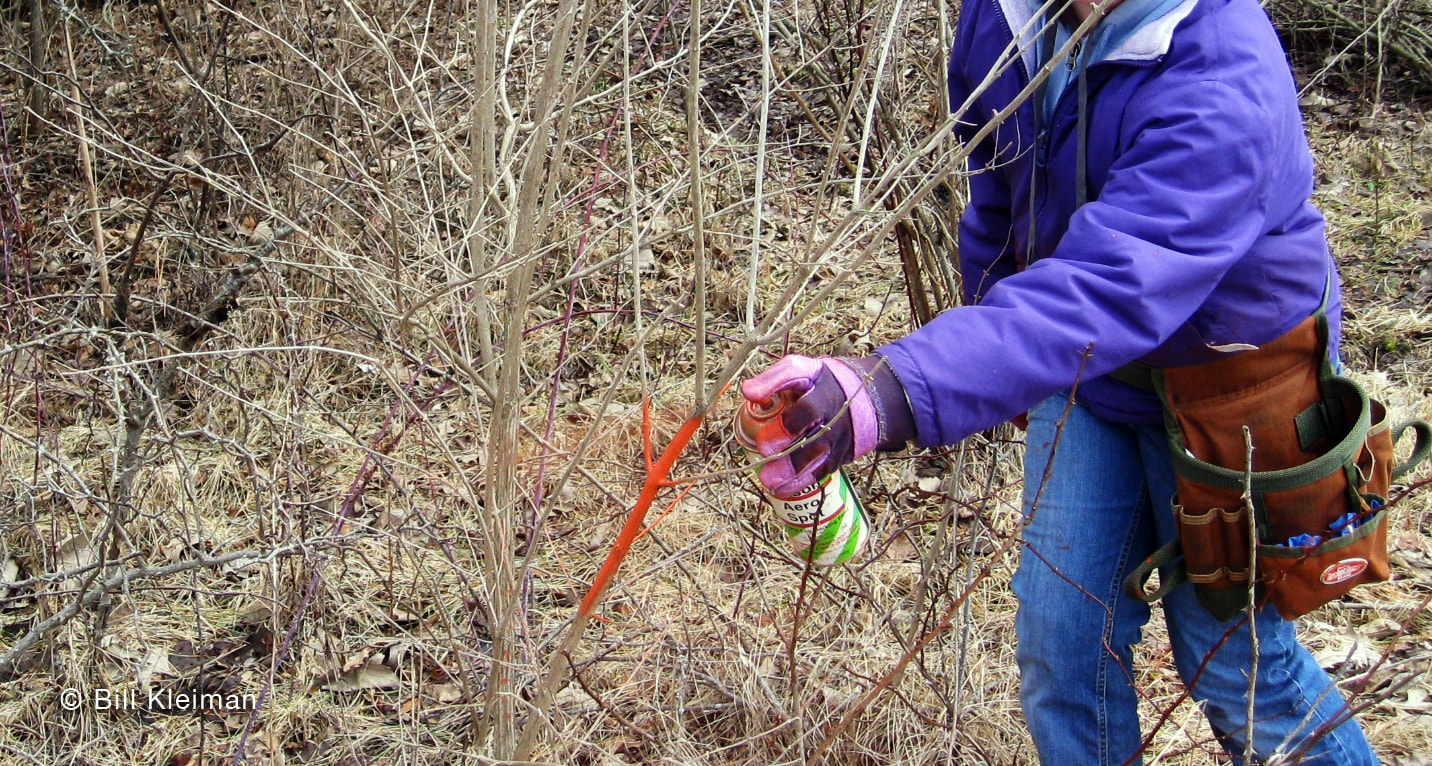
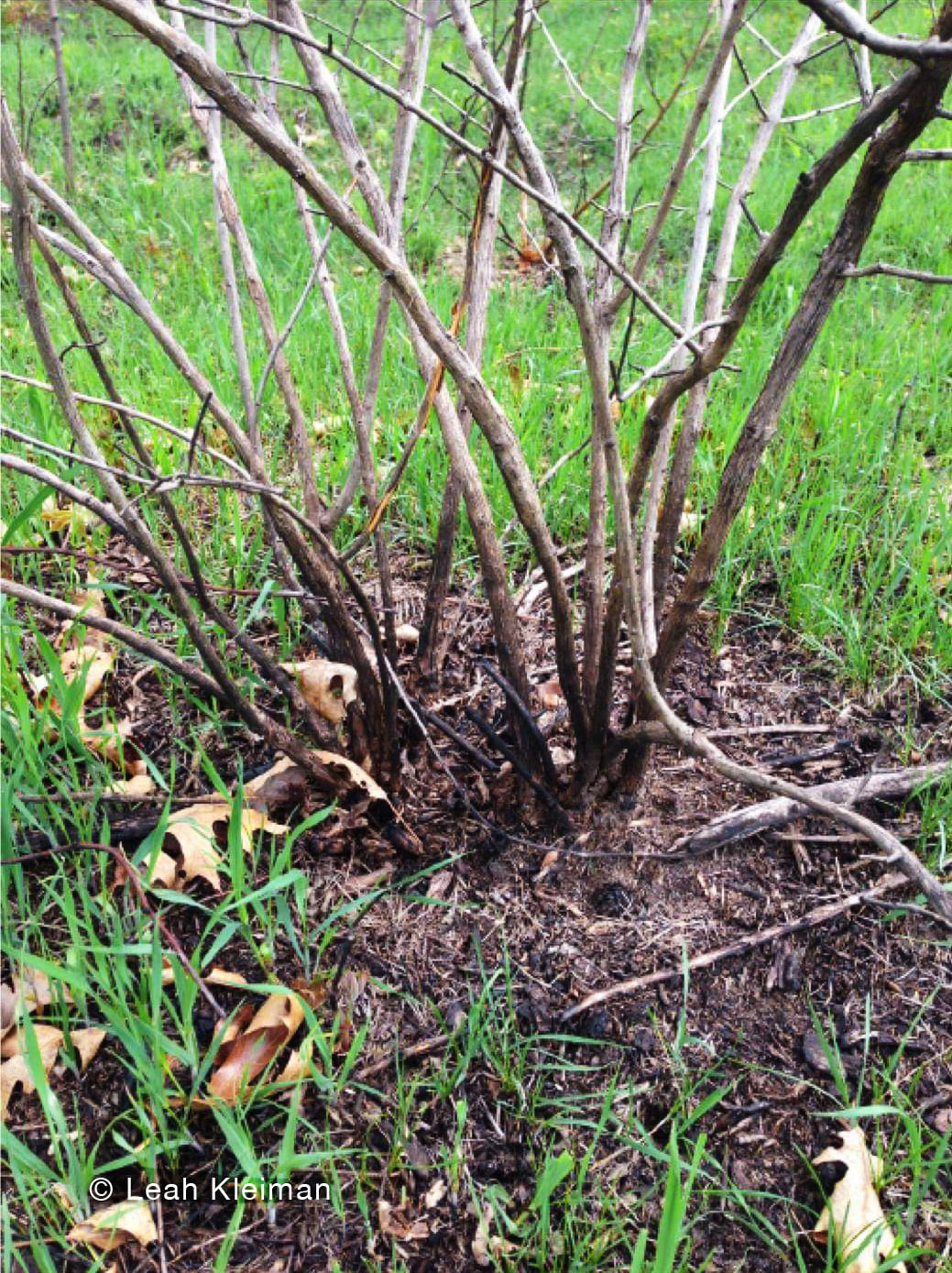
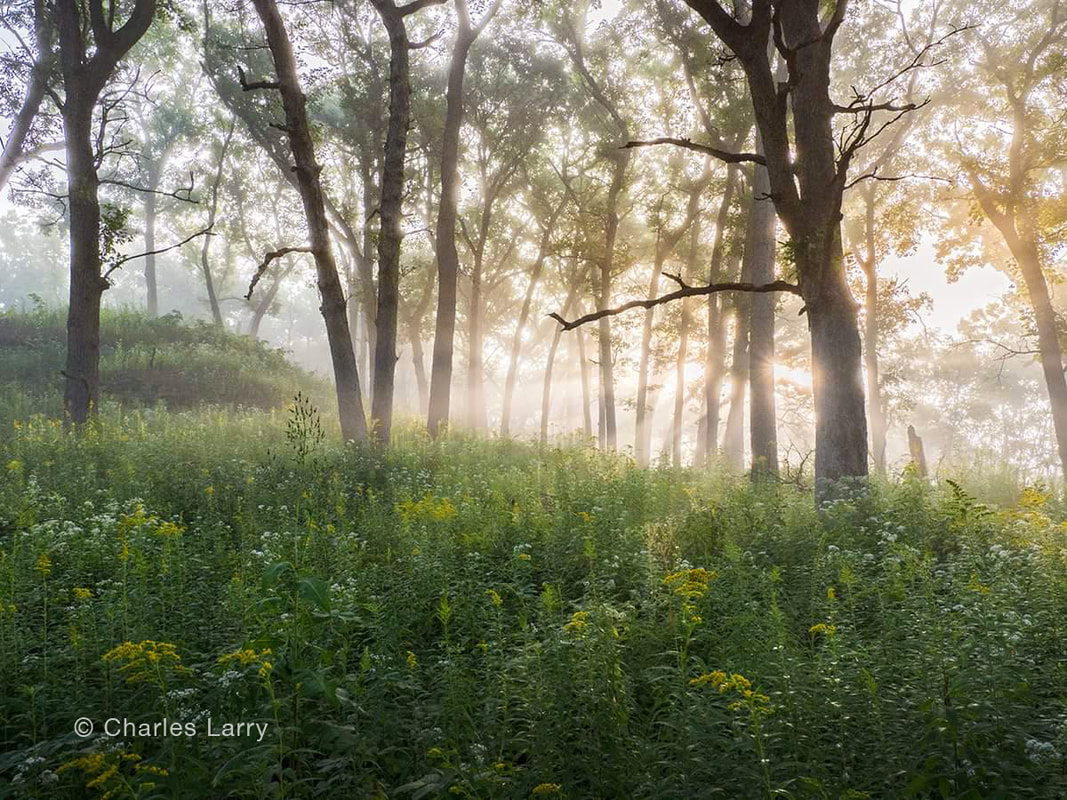
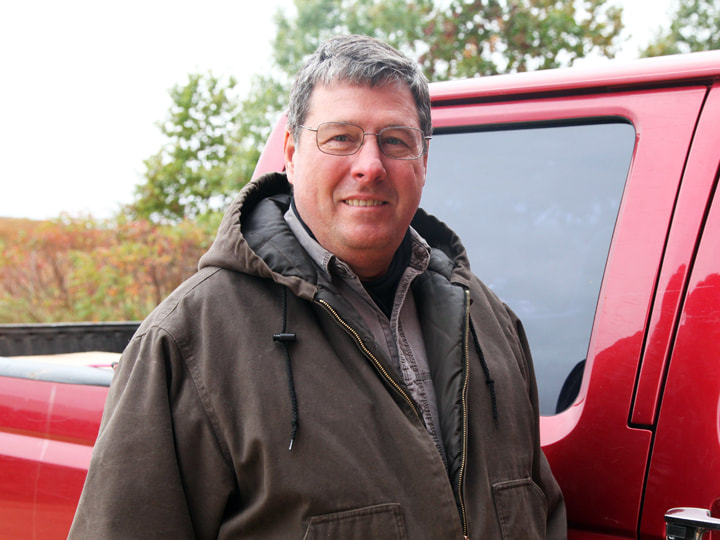

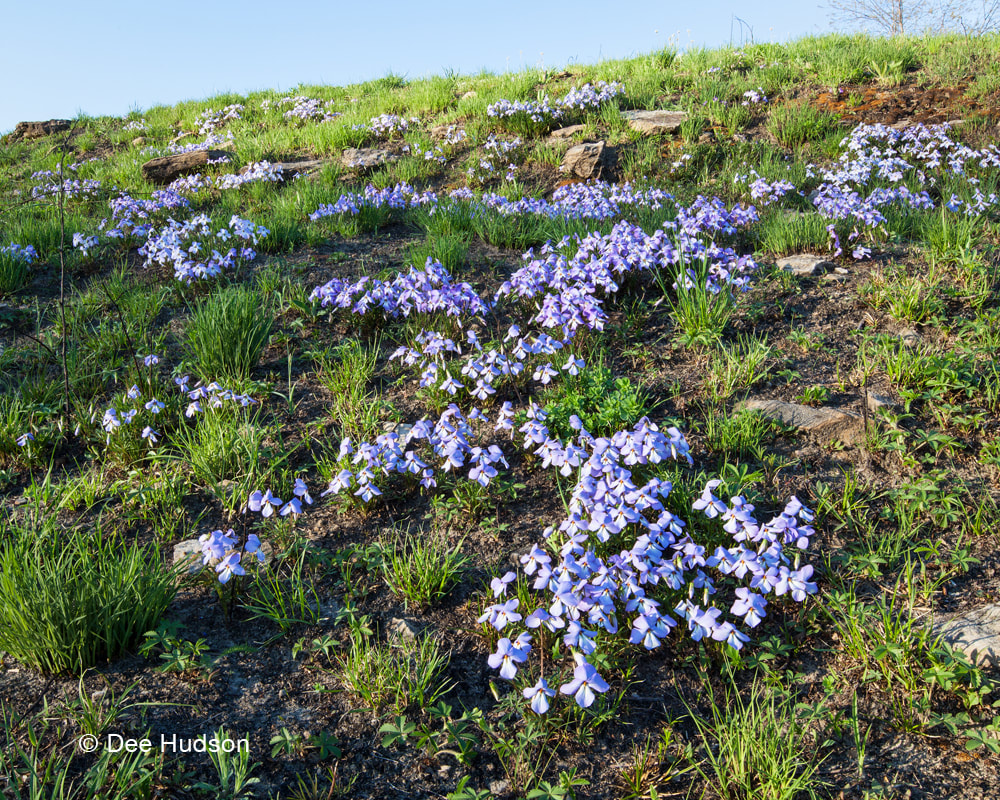
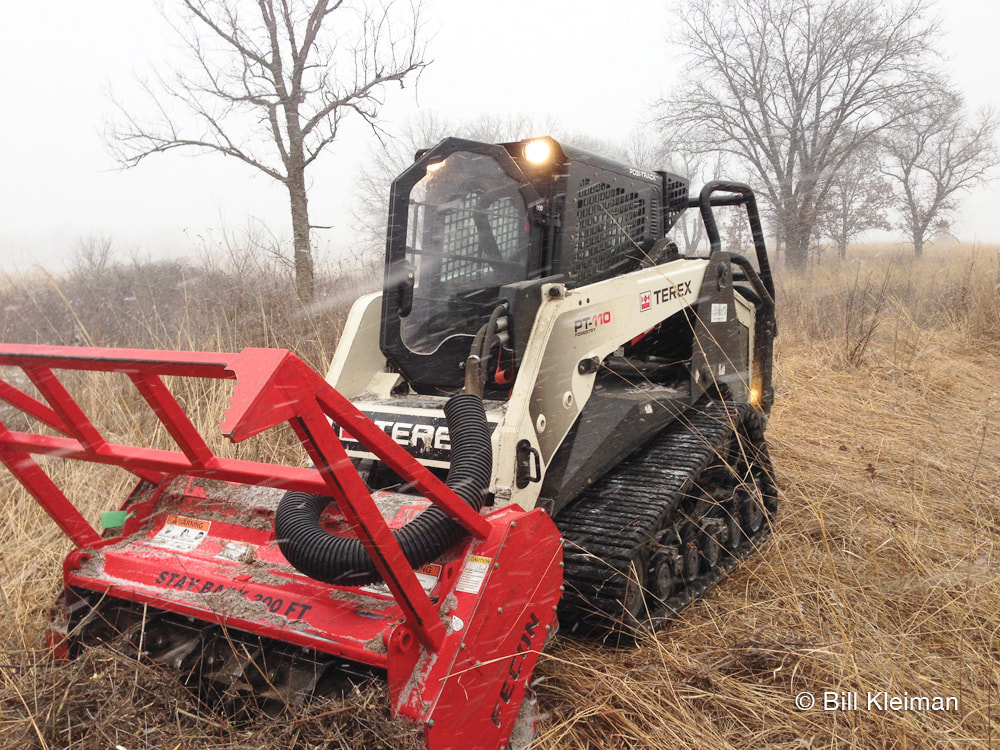
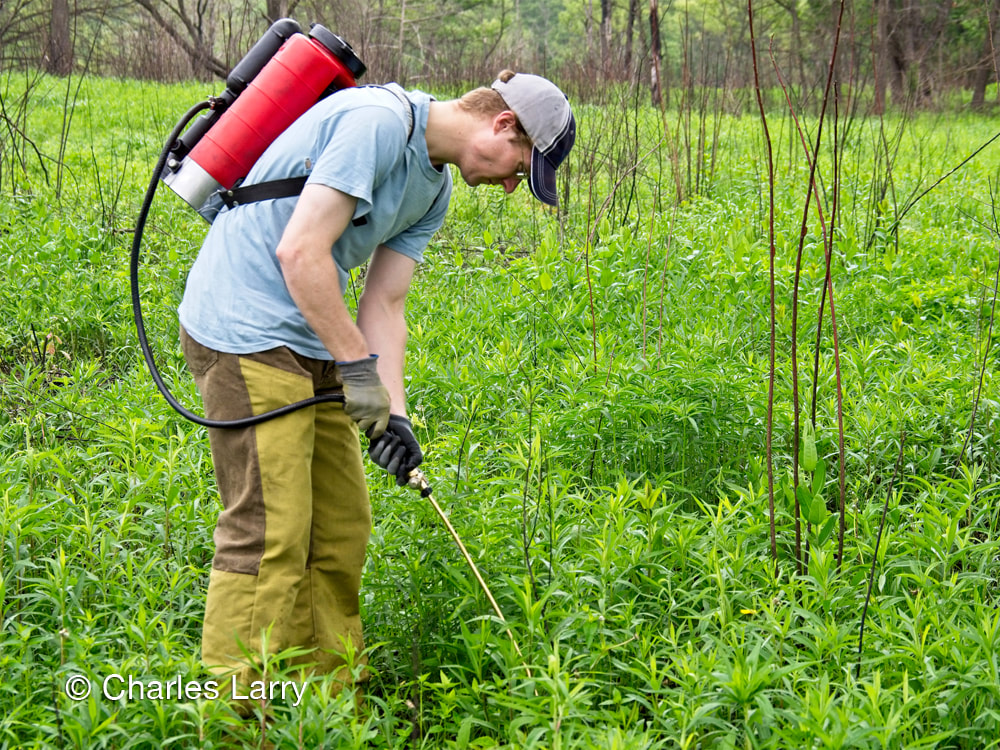

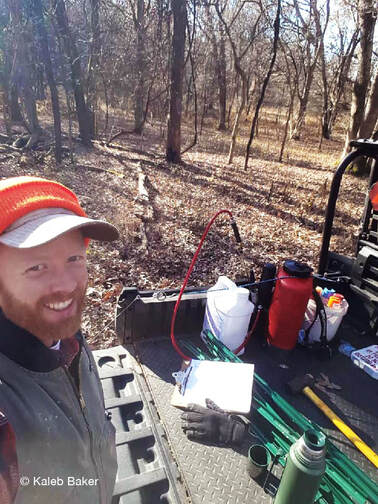
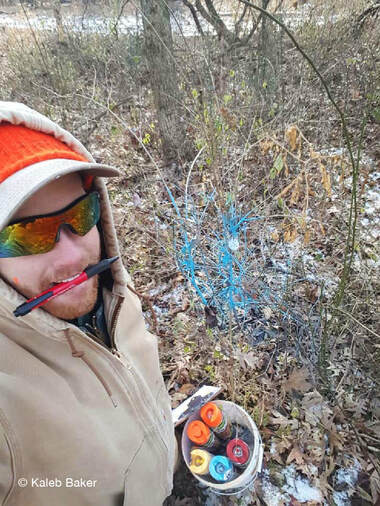
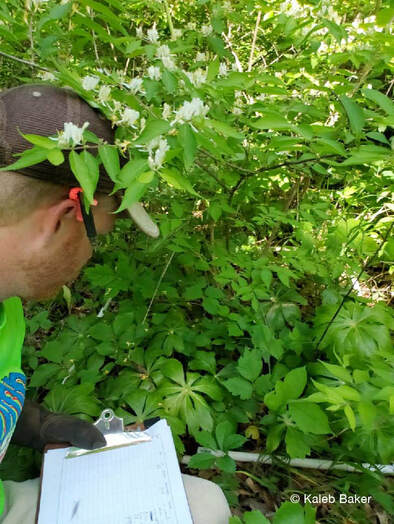
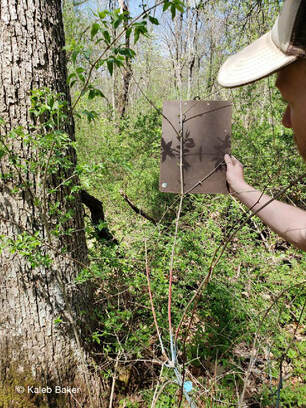
 RSS Feed
RSS Feed